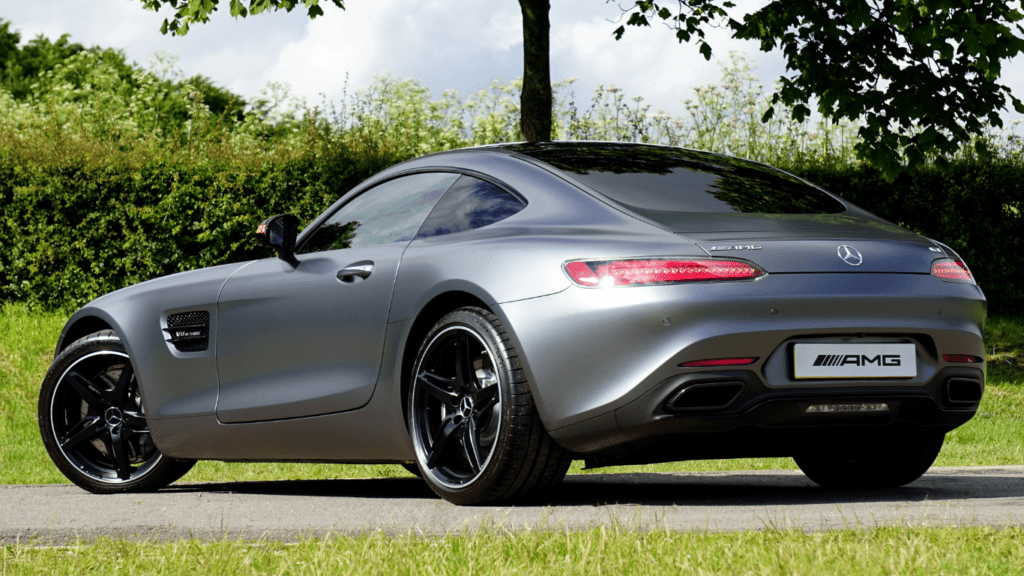Understanding Hybrid Cars
Hybrid cars offer a blend of traditional engines and electric motors, leading to improved fuel efficiency and reduced emissions. Let’s delve deeper into their workings, types, and benefits.
How Hybrid Cars Work
Hybrid cars combine an internal combustion engine with an electric motor. The electric motor assists the engine during acceleration, capturing energy from braking to recharge the battery. For short distances, many hybrids operate solely on electric power, switching to the engine when the battery’s charge depletes. This synergy between motor and engine enhances overall efficiency.
Types of Hybrid Cars
There are several types of hybrid cars, each offering distinct benefits:
- Parallel Hybrids: Both the engine and the electric motor can drive the vehicle independently or jointly. Toyota Prius exemplifies parallel hybrids.
- Series Hybrids: The electric motor solely drives the vehicle, while the engine generates electricity to recharge the battery. BMW i3 with the Range Extender follows this model.
- Plug-in Hybrids (PHEVs): These have larger batteries and can be charged via an external power source. Chevrolet Volt falls into this category.
Advantages of Hybrid Cars
Hybrid cars provide numerous advantages:
- Fuel Efficiency: They consume less fuel by leveraging both the engine and electric motor.
- Lower Emissions: Reduced dependence on the engine leads to fewer emissions.
- Regenerative Braking: Converts kinetic energy into electrical energy during braking, boosting efficiency.
- Versatility: Combines the best of both worlds, suitable for both city and long-distance driving.
Hybrid cars present a compelling option for drivers seeking a balance between efficiency and performance.
Exploring Electric Cars
Electric cars offer an entirely unique driving experience with a focus on sustainability and efficiency. These vehicles use electricity stored in batteries to power an electric motor, eliminating the need for gasoline.
How Electric Cars Work
Electric cars use an electric motor driven by electricity from a battery pack. When the driver presses the accelerator, power is sent to the motor, which turns the wheels. The main components include the electric motor, battery, onboard charger, and inverter. The battery stores energy, the charger replenishes it, and the inverter converts direct current (DC) from the battery into alternating current (AC) used by the motor. Regenerative braking helps recharge the battery by converting kinetic energy back into electrical energy.
Types of Electric Cars
There are different types of electric cars, each with unique features.
- Battery Electric Vehicles (BEVs): BEVs are fully electric, with no internal combustion engine. They rely solely on electricity stored in batteries.
- Plug-in Hybrid Electric Vehicles (PHEVs): PHEVs combine a traditional engine with an electric motor and can be plugged in to recharge the battery. They can run on electric power alone for short distances.
- Extended-Range Electric Vehicles (EREVs): EREVs primarily use an electric motor but have a generator powered by gasoline to extend the range when the battery depletes.
Advantages of Electric Cars
Electric cars come with several benefits:
- Zero Emissions: BEVs produce no tailpipe emissions, significantly reducing pollution.
- Lower Operational Costs: Electricity is generally cheaper than gasoline, and electric motors require less maintenance.
- Quiet Operation: Electric motors run quietly, providing a more serene driving environment.
- Performance: Electric motors provide instant torque, resulting in quick acceleration and agile handling.
- Incentives: Many governments offer tax incentives, rebates, and other benefits for electric vehicle owners.
By addressing these components, I provide a comprehensive understanding of electric cars within the automotive context.
Main Differences Between Hybrid and Electric Cars

Hybrid and electric cars present unique characteristics that differentiate them significantly. I’ll delve into the primary distinctions under three key areas: environmental impact, cost and maintenance, and driving experience and range.
Environmental Impact
Hybrid cars generate lower emissions compared to traditional gasoline vehicles due to their dual-engine system. The electric motor assists the internal combustion engine, reducing fuel consumption and emissions. Plug-in hybrids (PHEVs) offer even greater environmental benefits by allowing for short trips using electric power alone, which results in zero emissions during those periods.
Electric cars produce zero tailpipe emissions since they operate entirely on electricity. This absence of emissions contributes significantly to reducing urban air pollution. Moreover, electric cars help lower the overall carbon footprint, especially when charged using renewable energy sources like solar or wind power. However, the environmental impact of electric cars also includes considerations around battery production and disposal, which involve rare earth materials and have their own ecological footprint.
Cost and Maintenance
Hybrid cars typically have a lower upfront cost compared to electric vehicles. The presence of both an engine and a motor offers flexibility in driving, often leading to reduced fuel costs. Maintenance for hybrids can be more complex since they incorporate components of both gasoline and electric technologies; however, they generally incur lower maintenance costs than traditional gasoline cars due to less wear on the engine.
Electric cars tend to have a higher initial purchase price, primarily due to the cost of the battery. Over time, electric cars can be more economical owing to lower operating costs—electricity is usually cheaper than gasoline, and fewer moving parts reduce maintenance needs. With fewer components like the exhaust system and traditional transmission, maintenance for electric cars is often simpler and less frequent, focused mainly on battery health and software updates.
Driving Experience and Range
Hybrid cars provide a versatile driving experience, combining the strengths of gasoline and electric power. They offer extended range by seamlessly switching between the engine and electric motor. Regenerative braking in hybrids not only improves efficiency but also enhances the driving experience by reducing the frequency of fuel stops. However, hybrids typically don’t offer the same level of performance as purely electric cars in terms of acceleration and overall drive smoothness.
Electric cars deliver a distinct driving experience with instant torque and fast acceleration, creating a smooth and responsive drive. They operate quietly and boast a streamlined power delivery. The range of electric cars depends on battery capacity, with modern models offering between 100 and 300 miles per charge. Charging infrastructure is expanding, although long trips may require planning for charging stops. Range anxiety, the fear of running out of battery before reaching a charging point, is a concern for some drivers, albeit one mitigated by advancements in fast-charging technology and increasing battery efficiency.
Choosing the Right Car for You
Choosing between a hybrid and an electric car involves evaluating your driving habits, budget, and environmental priorities. I’ll detail the key considerations and a summary of pros and cons to help you make an informed decision.
Key Considerations
Driving Habits
Assess your daily commute and typical driving distances. A hybrid car suits long commutes and varied driving conditions due to its dual-engine system. If your daily driving involves shorter trips within areas with ample charging stations, an electric car offers a viable solution.
Budget Constraints
Take into account initial purchase price and long-term costs. Hybrids usually cost less upfront but expect some recurring maintenance expenses for the internal combustion engine. Electric cars, while pricier upfront, have lower operating costs such as cheaper “fuel” from electricity and reduced maintenance expenses due to fewer moving parts.
Environmental Impact
Evaluate your environmental concerns. Hybrids produce lower emissions compared to conventional gasoline cars but still emit greenhouse gases from their combustion engines. Electric cars produce zero tailpipe emissions, significantly reducing air pollution, which makes them the better choice for those prioritizing environmental sustainability.
Charging Infrastructure
Consider the availability of charging stations in your area. Electric cars need regular charging, and access to home or public charging stations is crucial. Hybrids, with their gasoline engines, provide more flexibility, especially in regions with limited charging infrastructure.
Pros and Cons Summary
Hybrid Cars: Pros
- Lower upfront costs compared to electric cars
- Extended driving range due to combination of gasoline and electric engines
- Reduced fuel consumption and emissions versus traditional vehicles
- Versatility to handle varied driving conditions
Hybrid Cars: Cons
- Recurring maintenance for combustion engine components
- Lower overall fuel efficiency than fully electric cars
- Reduced environmental benefits compared to electric vehicles
Electric Cars: Pros
- Zero tailpipe emissions, leading to better air quality
- Lower operating costs over time, with cheaper electricity compared to gasoline
- Quiet operation and smooth driving experience due to electric motor
- Instant torque providing impressive acceleration
Electric Cars: Cons
- Higher initial purchase price
- Limited driving range compared to hybrids and gasoline cars
- Dependence on charging infrastructure, which may not be ubiquitous everywhere
- Longer refueling time compared to gasoline vehicles
Evaluating these factors helps identify which type of vehicle aligns with your needs and values.




